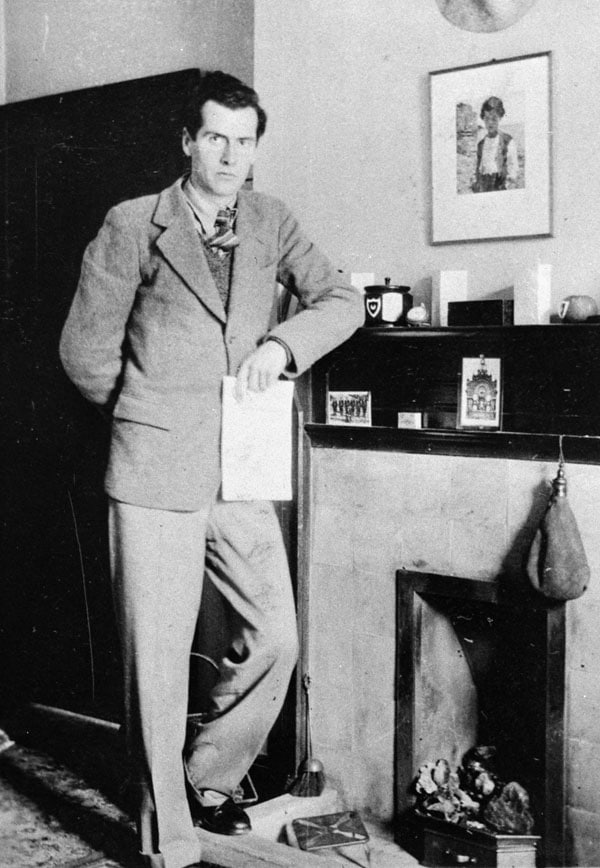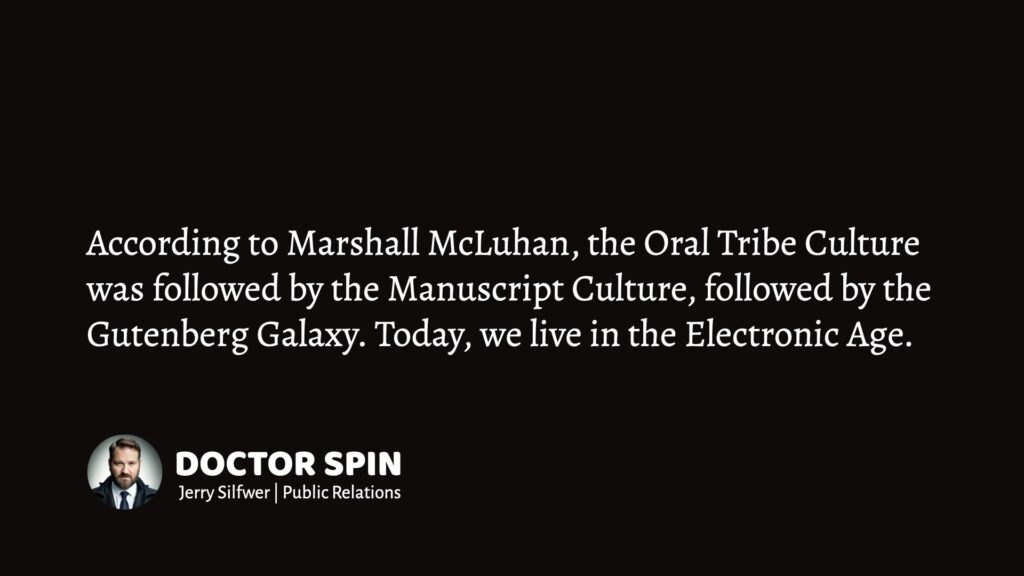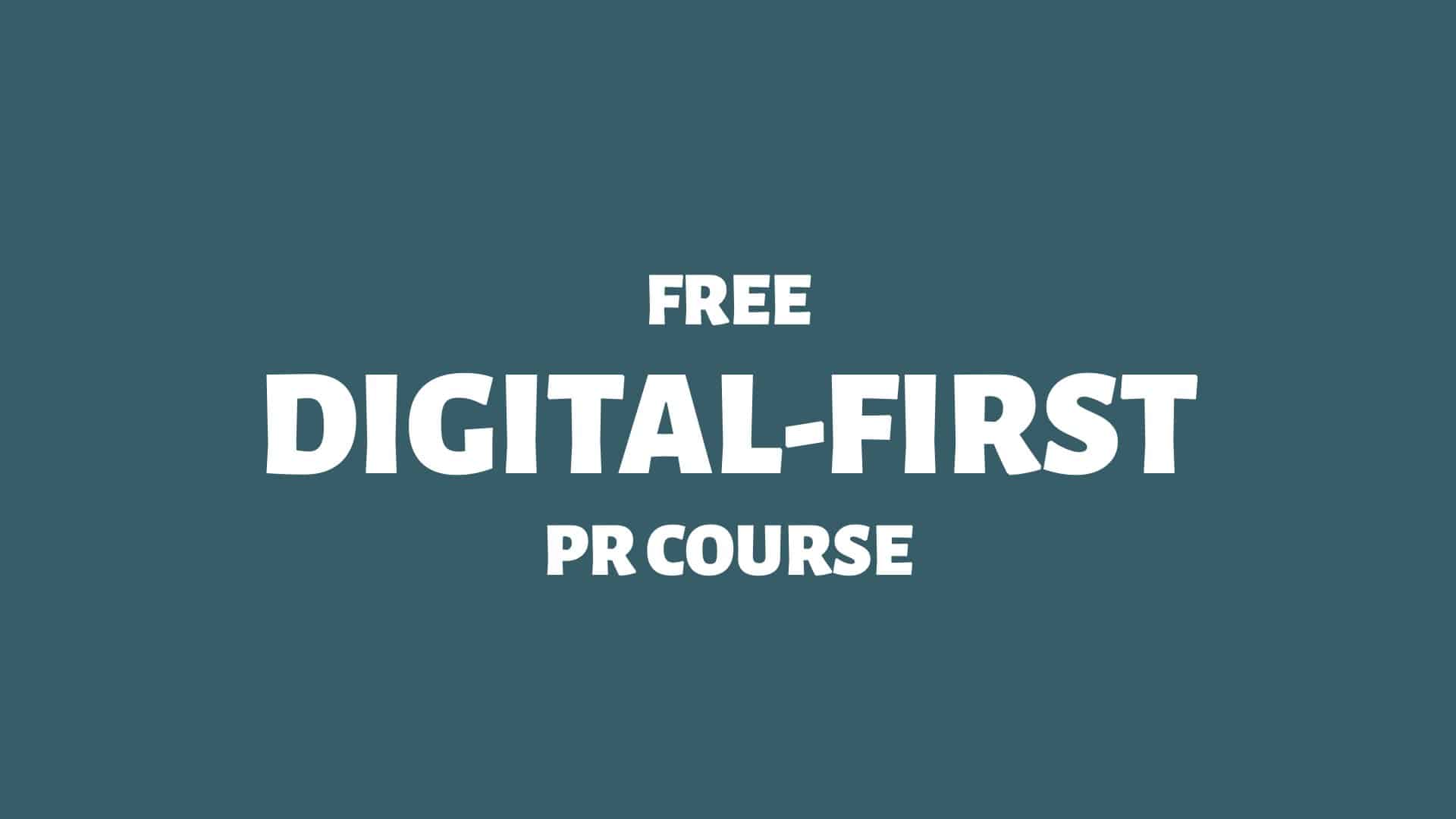PR must adapt — or die.
Today, we consume more social media than traditional news media. We get more news from our social media feeds than from news outlets directly.
The classic PR argument that publicity is more credible than advertising might still hold, but is the news media more engaging than peer-to-peer communication?
I doubt it.
The traditional public relations industry must act.
Here we go:
PR Must Adapt — Or Die
Digital media will be the prime mover of people’s perceptions for a long time. It has become our number-one source for information, group formation, and dialogue.
The biggest challenge in modern public relations is the constantly changing media landscape. With the proliferation of social media, the rise of fake news, and the decline of traditional journalism, it can be difficult for organisations to control the spread of information and protect their reputations.
When Brian Solis and Deirdre Breakenridge published Putting the Public Back in Public Relations: How Social Media Is Reinventing the Aging Business of PR in 2009, it proposed how PR should embrace the digital-first media landscape and elevate our profession to new heights. 1Solis, B. & D. Breakenridge (2009, February 1). Putting the Public Back in Public Relations: How Social Media Is Reinventing the Aging Business of PR. Amazon.com: Books. … Continue reading
As we choose our future as public relations professionals, we must realise that the internet and its algorithms are more powerful than a few (barely surviving) newspapers.
The era of traditional print media is over:
Digital-first is no longer a matter of perspective — it’s a promise.
If we allow the world to think of PR professionals as outdated flacks, we’ll fade into oblivion while armies of digital marketers take over our responsibilities.
PR professionals must be strategic and proactive in their approach and able to adapt to new technologies and platforms to communicate effectively with their publics.
“The authors argue that earlier paradigms are mostly inadequate in addressing the needs of a 21st Century in which communication technology is creating rapid globalization while it is dangerously exacerbating the tensions of multiculturalism. Through a critical discussion of prior assumptions and paradigms in public relations scholarship, the authors underline the need for public relations to revitalize and bring its body of knowledge into the 21st Century.”
Source: Public Relations Review 2Valentini, C., Kruckeberg, D., & Starck, K. (2012). Public relations and community: A persistent covenant. Public Relations Review, 38(5), 873 – 879. https://doi.org/10.1016/j.pubrev.2012.06.001
The biggest challenge in PR is ensuring that our profession keeps up with new communication technology and stays valuable and relevant as a business function.
So, what does this mean?
It means that digital communication is not a fad.
It means that we must adapt — or perish.
Learn more: PR Must Adapt (Or Die)
Enter: The Electronic Age
Human culture is often described based on our access to production technologies (e.g., the Stone Age, the Bronze Age, and the Iron Age).
According to Marshall McLuhan and the Toronto School of Communication Theory, a better analysis would be to view societal development based on the prominence of emerging communications technologies.

McLuhan’s Four Epochs
McLuhan suggests dividing human civilisation into four epochs:
“The Gutenberg Galaxy is a landmark book that introduced the concept of the global village and established Marshall McLuhan as the original ‘media guru’, with more than 200,000 copies in print.”
Source: Modern Language Review 3McLuhan, M. (1963). The Gutenberg galaxy: the making of typographic man. Modern Language Review, 58, 542. https://doi.org/10.2307/3719923

As a PR professional and linguist, I subscribe to the concept of the Electronic Age. I firmly believe society is unlikely to revert to the Gutenberg Galaxy.
Like the rest of society, the PR industry must commit to digital-first, too. Mark my words: It’s all-in or bust.
Read also: The Electronic Age and the End of the Gutenberg Galaxy
Spin Academy | Online PR Courses

Spin’s PR School: Free Digital-First Course
Get started with this free Digital-First PR Course and learn essential public relations skills and concepts for future success in the PR industry.
The Electronic Age
Artificial Intelligence
Digital Transformation
Digital Public Relations
Learn more: All Free PR Courses
💡 Subscribe and get a free ebook on how to get better PR.


THANKS FOR READING.
Need PR help? Hire me here.

Annotations
| 1 | Solis, B. & D. Breakenridge (2009, February 1). Putting the Public Back in Public Relations: How Social Media Is Reinventing the Aging Business of PR. Amazon.com: Books. https://www.amazon.com/dp/0137150695?tag=pr200f-20&camp=14573&creative=327641&linkCode=as1&creativeASIN=0137150695&adid=02J76YW6R9GXVRCCJJM0& |
|---|---|
| 2 | Valentini, C., Kruckeberg, D., & Starck, K. (2012). Public relations and community: A persistent covenant. Public Relations Review, 38(5), 873 – 879. https://doi.org/10.1016/j.pubrev.2012.06.001 |
| 3 | McLuhan, M. (1963). The Gutenberg galaxy: the making of typographic man. Modern Language Review, 58, 542. https://doi.org/10.2307/3719923 |


